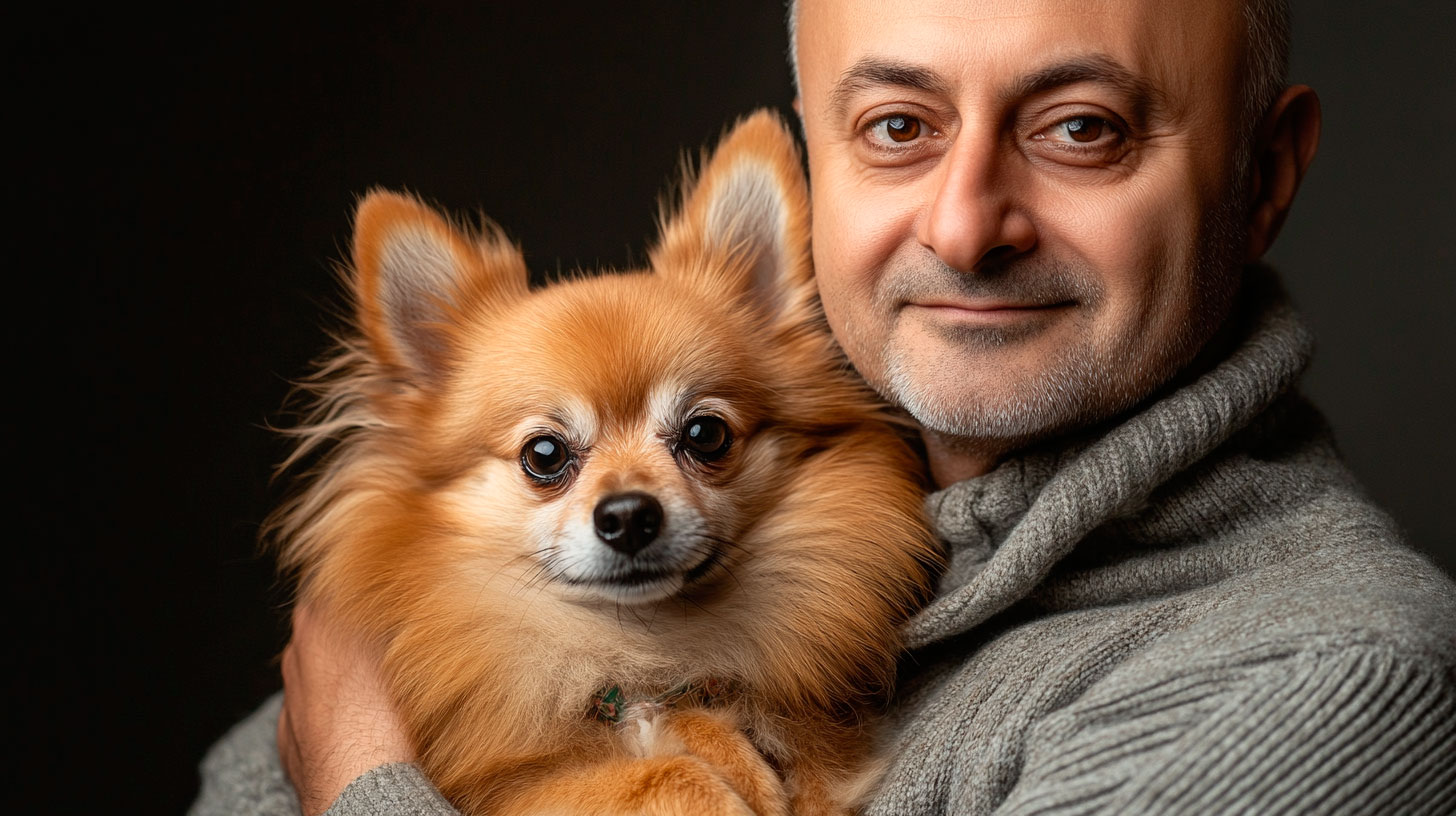The Scottish Terrier, affectionately referred to as the Scottie, is a strategy that, with its poised demeanor and clear framework, commands attention. At the point of convergence of this shocking look? The Scottie skirt—a streaming shade of fur that is as trying to stay aware of as it is stunning to see. Learn more altogether into the master.
What’s All the Fuss About?
“The Scottie skirt isn’t just a planning penchant; it’s an assortment standard,” figures out Moira MacTavish, a veteran Scottie raiser and overall canine show judge. “It gives the Scottish Terrier it’s obvious diagram—that rectangular body changed in a wrap of fur that nearly brushes the ground.” Anyway, achieving and staying aware of that ideal Scottie skirt is no walk around the diversion area. It requires liability, predominance, and a fair piece of resistance.
Considering everything, why do Scottie darlings go to such lengths? “It’s related to safeguarding custom,” MacTavish continues. “Right when you groom a Scottie’s skirt properly, you’re communicating with many extended lengths of breed history.”
The Anatomy of the Scottie Skirt
Before we skip into the fundamental need of preparing, we ought to isolate what we definitively mean by the “Scottie skirt.” The skirt suggests the more extensive fur that is on the lower body of the Scottish Terrier, starting essentially behind the front legs and arriving at the back.
Exactly when suitably ready, it makes a straight, wrap-like effect that gives the Scottie its picture-name rectangular shape. “Think of it as what may be veered from a kilt,” jokes Sean O’Brien, fit canine very much educated power, and Scottie organized fit. “It should really hang straight and notwithstanding, clearing the ground, yet fundamentally hardly.”
The Great Debate: To Strip or Not to Strip?
Concerning staying aware of the Scottie skirt, there’s a warmed conversation in the arranging scene: hand-stripping rather than cutting. Hand-stripping unites, truly taking out dead hair from the root, allowing new, coarse hair to fill in its place. It’s work though and can be unusual for the canine if not finished precisely true to form, yet safeguards battle; it’s the best strategy for staying aware of the genuine Scottie coat surface.
“Hand-stripping jams the environment-safe nature of the Scottie’s coat,” figures out MacTavish. “It keeps the coat unforgiving and wiry, which is what you really need in a terrier brought for hunting up in the very Scottish open country.” Clearly, cutting is speedier and more fulfilling for the canine, yet it can change the outer layer of the coat after some time, making it gentler and more leaned to matting. “For pet Scotties, cutting can be a sensible other choice,” O’Brien gives up. “In any case, to stay aware of that standard Scottie look, hand-stripping is the best way of thinking.”
The Hand-Stripping Process: A Step-by-Step Guide
If you’re sufficiently considering overseeing hand-stripping, here’s an urgent manual to get you rolling:
- Set up Your Instruments: You’ll require a stripping sharp edge, a fine-toothed brush, and a tonne of unfaltering quality.
- Start Clean: Begin with an actually washed and totally dried Scottie.
- Segment Off: Package the skirt region into sensible areas using locks.
- The Procedure: Hold the skin unflinching with one hand, and with the other, handle an unpretentious proportion of hair between your thumb and the stripping sharp edge. Pull towards hair improvement with an impetus, firm new development.
- Work in layers: Start with the outer coat, then, at that point, move to the undercoat. The goal is to achieve an even length all around.
- The Last Detail: Utilize decreasing shears to blend any lopsided region and make a smooth, straight line along the lower part of the skirt.
“Remember, this is obviously not a restricted-time offer cycle,” alerts O’Brien. “You’ll need to do last subtleties at standard reaches to stay aware of the look.”
The Clipping Alternative: Keeping It Practical
For individuals who pick the part course, the cycle is less astounding yet requires its own strategy of limits:
- Pick Your Contraptions: A fair-quality trimmer with a #5 or #7 edge is reliably utilized for the Scottie skirt.
- The Method: Affix against the heading of hair progression, beginning at the back and working your bearing forward. Keep the trimmer level against the body to achieve an even length.
- Forming: Use scissors to make an ideal, straight line along the lower part of the skirt.
- Mixing: Diminishing shears can assist with mixing the change between the cut areas and the remainder of the coat. “The key with cutting is to remain mindful of the misleading notion of fulfillment,” rebukes O’Brien.
“You need to save that undeniable Scottie shape, whether the surface isn’t definitively indistinguishable from a hand-stripped coat.”
Everyday Maintenance: Keeping the Skirt Swish-Worthy
Whether you pick hand-stripping or cutting, standard assistance is critical to keep your Scottie’s skirt putting the most ideal form of its forward.
- Brushing: A wary brush-out ought to be critical for your conventional ordinary practice. Utilize a slicker brush to get rid of tangles and dissipate normal oils through the coat.
- Brushing: Return again to a metal brush to get any excess pack and check for mats.
- Soaked quality The board: “Scotties love a decent puddle,” laughs MacTavish. “Make a feature to thoroughly dry the skirt after any water tries to forestall matting and skin issues.”
- Making due: Standard cleaning of the skirt’s base edge will keep it looking smooth between colossal arranging social occasions.
- Diet Matters: A reasonable eating routine rich in omega-3 unsaturated fats can assist with remaining mindful of coat success from the back to the front.

The Scottie Skirt Through the Ages
The irrefutable look of the Scottish Terrier hasn’t everlastingly been, considering everything today. “In the event that you see masterpieces and early photos from the nineteenth century, you’ll see Scotties with significantly more limited coats,” understands canine history master Dr. Fiona Campbell.
The long, streaming skirt we help out Scotties today is for the most part a result of twentieth-century raising and getting-ready practices. “As Scotties changed from working canines to showing canines and accessories, their look advanced to feature their unique credits,” Campbell notes.
This shift wasn’t without discussion. Several conservatives argued that the more extended coat was inconceivable and distant from the Scottie’s functioning roots. Notwithstanding, the look got on, and by the mid-twentieth century, the long-avoided outline had changed into the arrangement standard.
Skirt Styles: From Classic to Creative
While the standard Scottie skirt is about clean lines and consistency, a couple of guardians and proprietors are putting their own bend on the look. “In the pet world, we’re seeing more imaginative understandings of the Scottie skirt,” says gigantic name canine master Jasmine Chen.
“Two or three proprietors select a conceivably more confined ‘current’ skirt for less troublesome upkeep, while others play with layering for a more finished look.” Chen has even seen Scotties wearing tinted skirts in fair shades of blue or purple. “It’s not perfect for everybody, and certainly not for the show ring, but rather, it very well may be a mind-boggling way for pet people to convey their Scottie’s character,” she adds.
